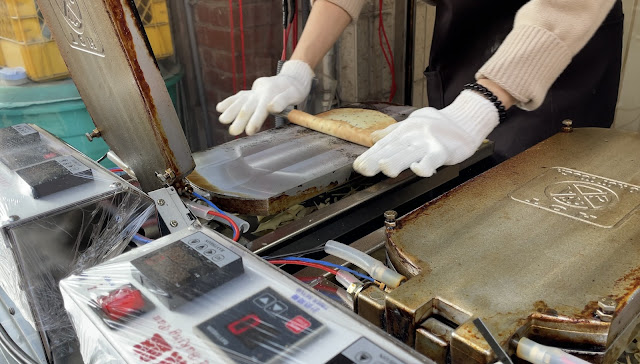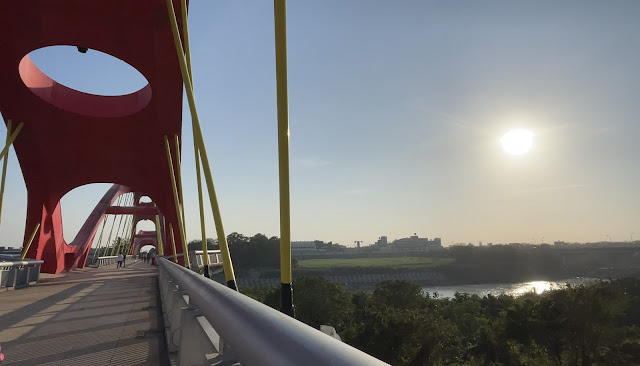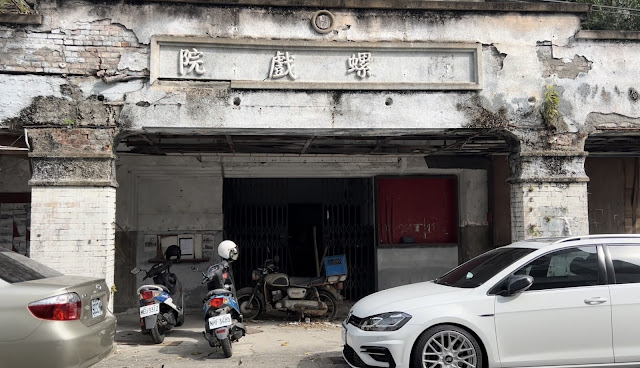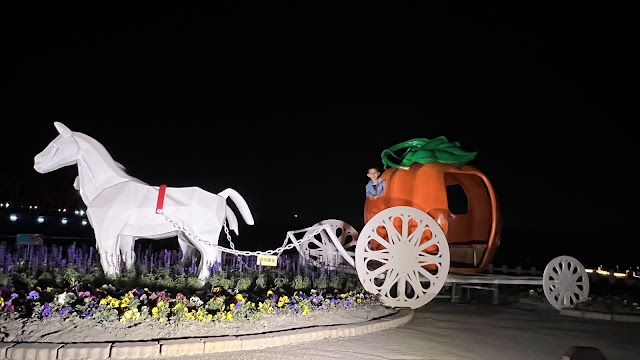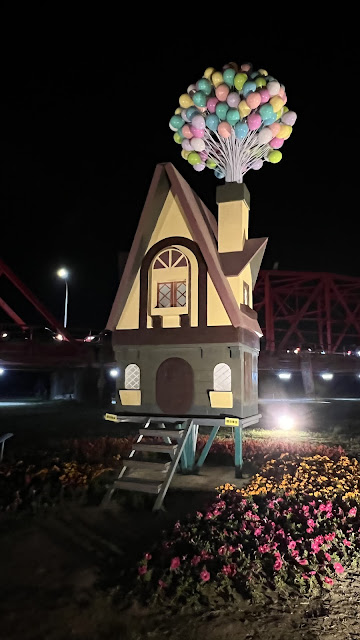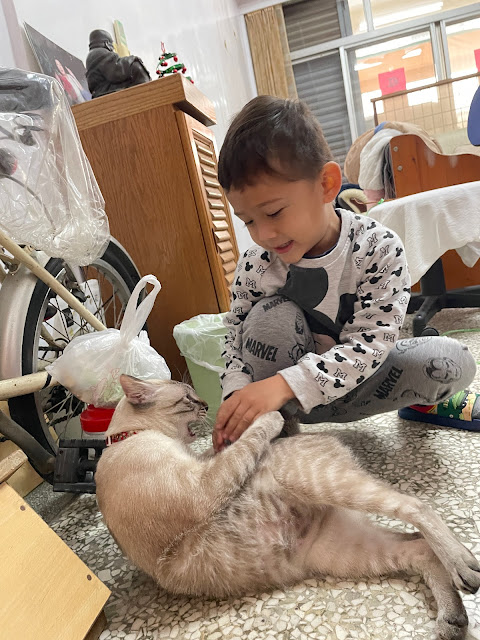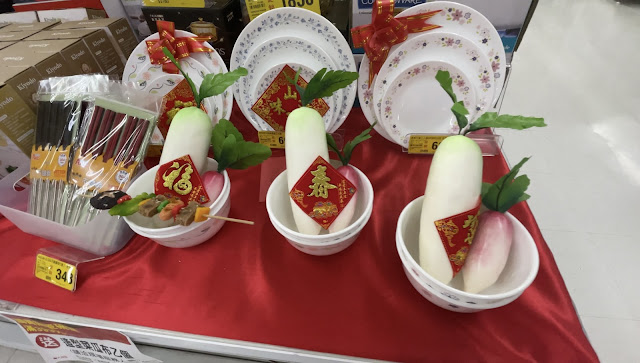
Beigang Old Street (北港老街)
Beigang Old Street, located on Zhongshan Road in Beigang Town, Yunlin, has been a significant center of life for the people of Yunlin since the Qing Dynasty. It is not only the oldest old street in Beigang but also the development center of the area. The ancient street has a history of more than 300 years. The buildings on the street are mainly divided into two categories: daily life-related shops such as ginseng medicine shops and clinics, and buildings related to temple visits, including the famous Chaotian Palace in Beigang.
The busiest area in Beigang is Zhongshan Road in front of Chaotian Palace, which was formerly known as Gongkou Street. Although there aren't many ancient houses on both sides of the road, it has a history of more than 300 years since the reign of Emperor Kangxi of the Qing Dynasty. The buildings on Beigang Old Street are mostly made of red bricks, adorned with a large number of Chinese auspicious totems on their facades. The combination of Chinese and Western styles gives the street a gorgeous and interesting atmosphere. When visiting Beigang, it is a must to try the local snacks, such as Beigang peanuts and sesame oil, which are popular souvenirs. Additionally, don't miss out on the famous Rixingtang Bakery. It is said that people from Chiayi come to Beigang or Xingang to order cakes for their weddings.
Beigang Sightseeing Bridge
Beigang Sightseeing Bridge, completed in 1992, connects Chaotian Palace in Beigang Township, Yunlin County, with Narcissus Palace in Xingang Township, Chiayi County. Spanning Beigang Creek, the bridge adopts Nelson's arch design with a red main body. The bridge is supported by green and golden steel cables, resembling a flying dragon. Vehicles are prohibited from entering the bridge. Looking down from the bridge, you can see Riverside Park, which used to be the Beigang cattle market. Along the Beigang River, you can also spot the Beigang Mazu Bridge.
Beigang Chaotian Palace (北港朝天宮)
Beigang Chaotian Palace is the center of belief for the people of Beigang. The prosperity of the goddess Mazu also drives the economic development of the old street and the surrounding businesses. Formerly known as Tianfei Temple or Tianhou Palace, it was renamed Chaotian Palace to commemorate the separation of spirits from the ancestral temple "Chaotian Pavilion" in Meizhou. With a history of 300 years, it is a second-class historic site recognized by the state.
Rixingtang Wedding Cake Shop (日興堂喜餅)
Rixingtang Wedding Cake Shop showcases a Baroque-style building that houses the only remaining theater in Beigang, the Zhenxing Theater. The owner of Rixingtang, Guo Xianyu, cares deeply about local culture and bought the Beigang Zhenxing Theater to preserve the historical building. The Cake Shop operates in the front, while the Tourist Art Museum is located at the back. Established in 1980, Rixingtang initially baked cakes using charcoal, but now they use electric stoves. Mr. Guo Xianyu's perseverance and determination made him the number one Chinese wedding cake maker in Taiwan. The signature Zhuangyuan wedding cake from Rixingtang is known for its mung bean paste filling, crispy green onion, meat floss, stewed pork, egg yolk, and other ingredients prepared in a fixed ratio, particularly the fine and dense taste of the mung bean paste.










